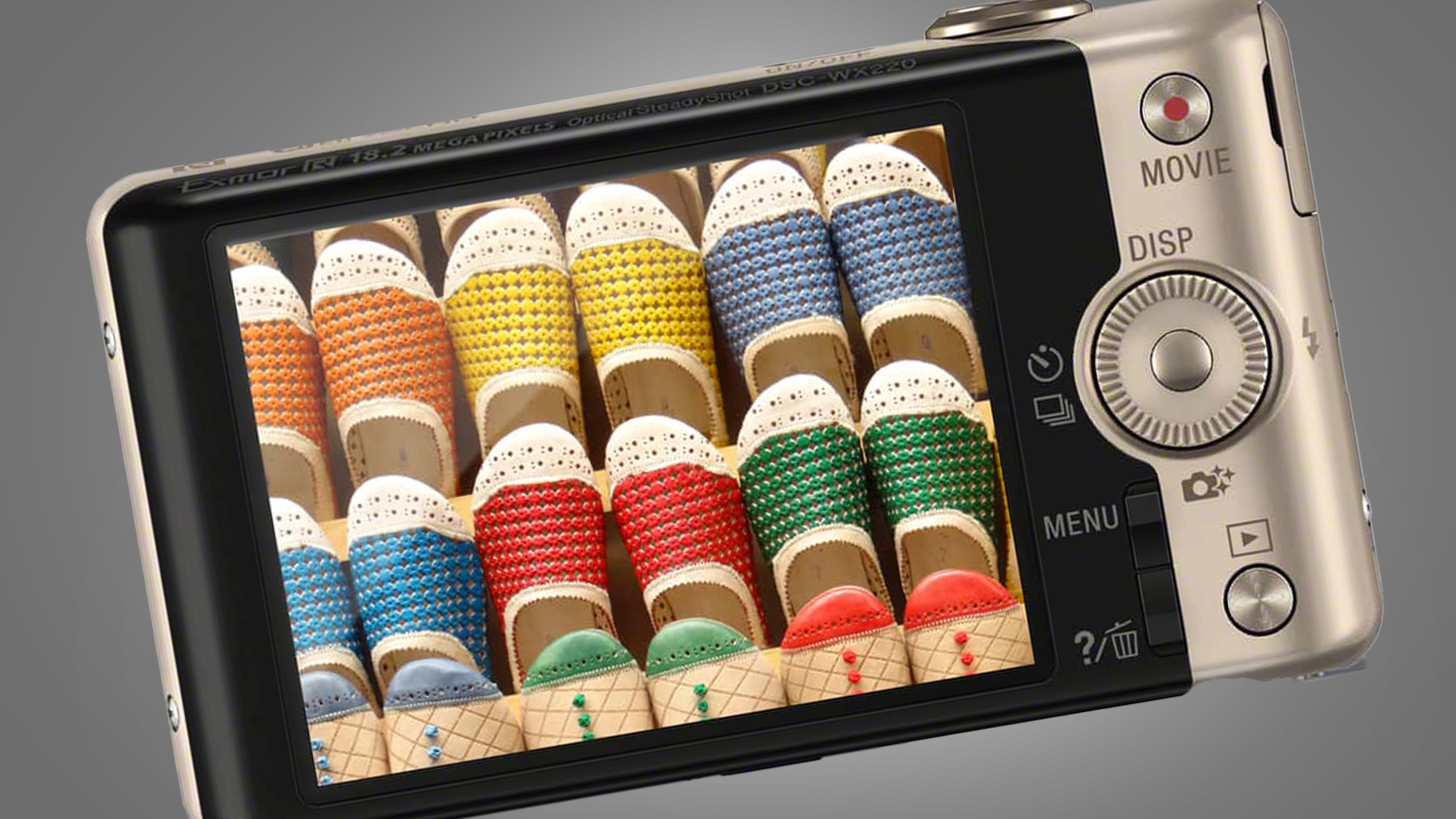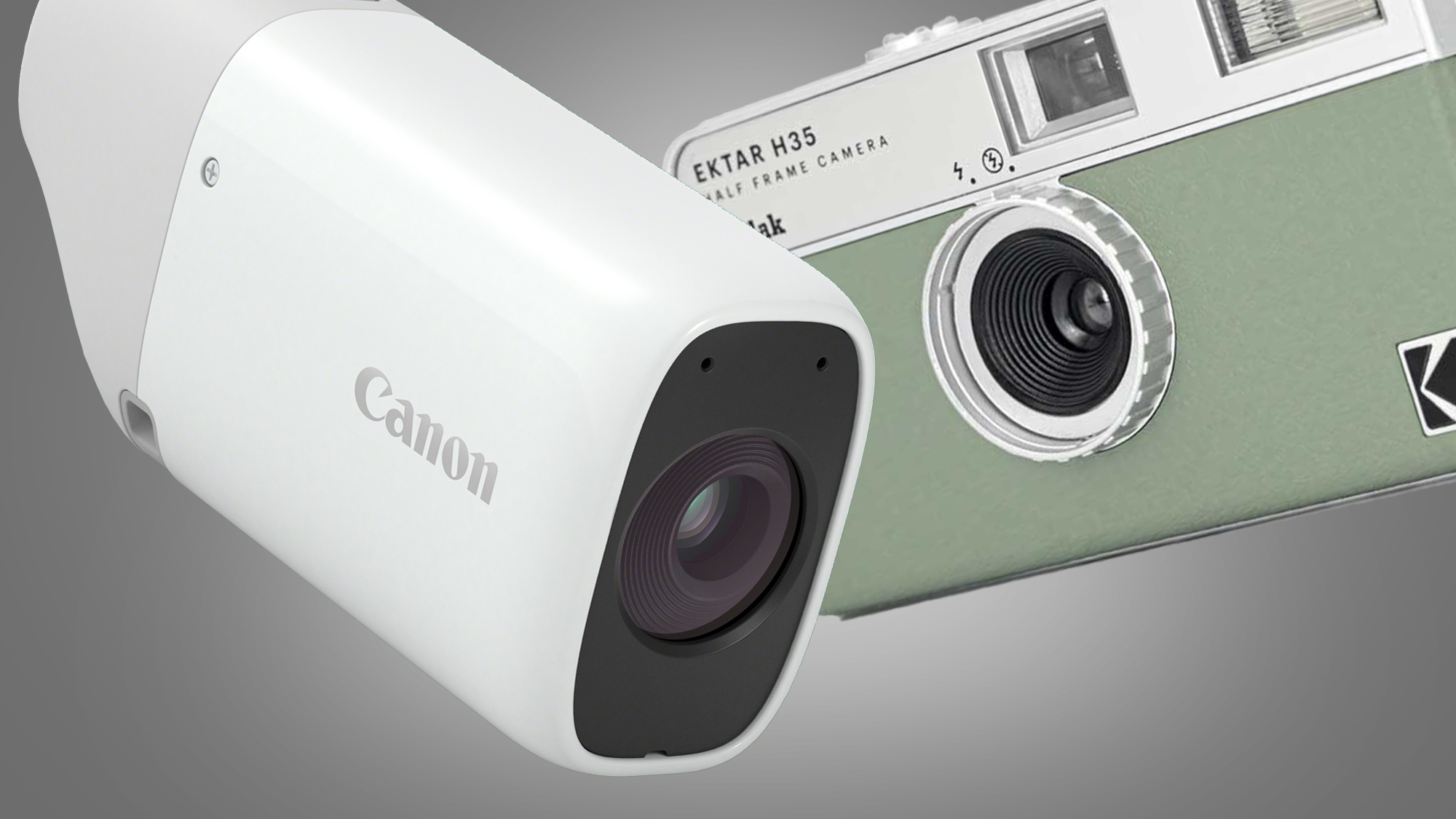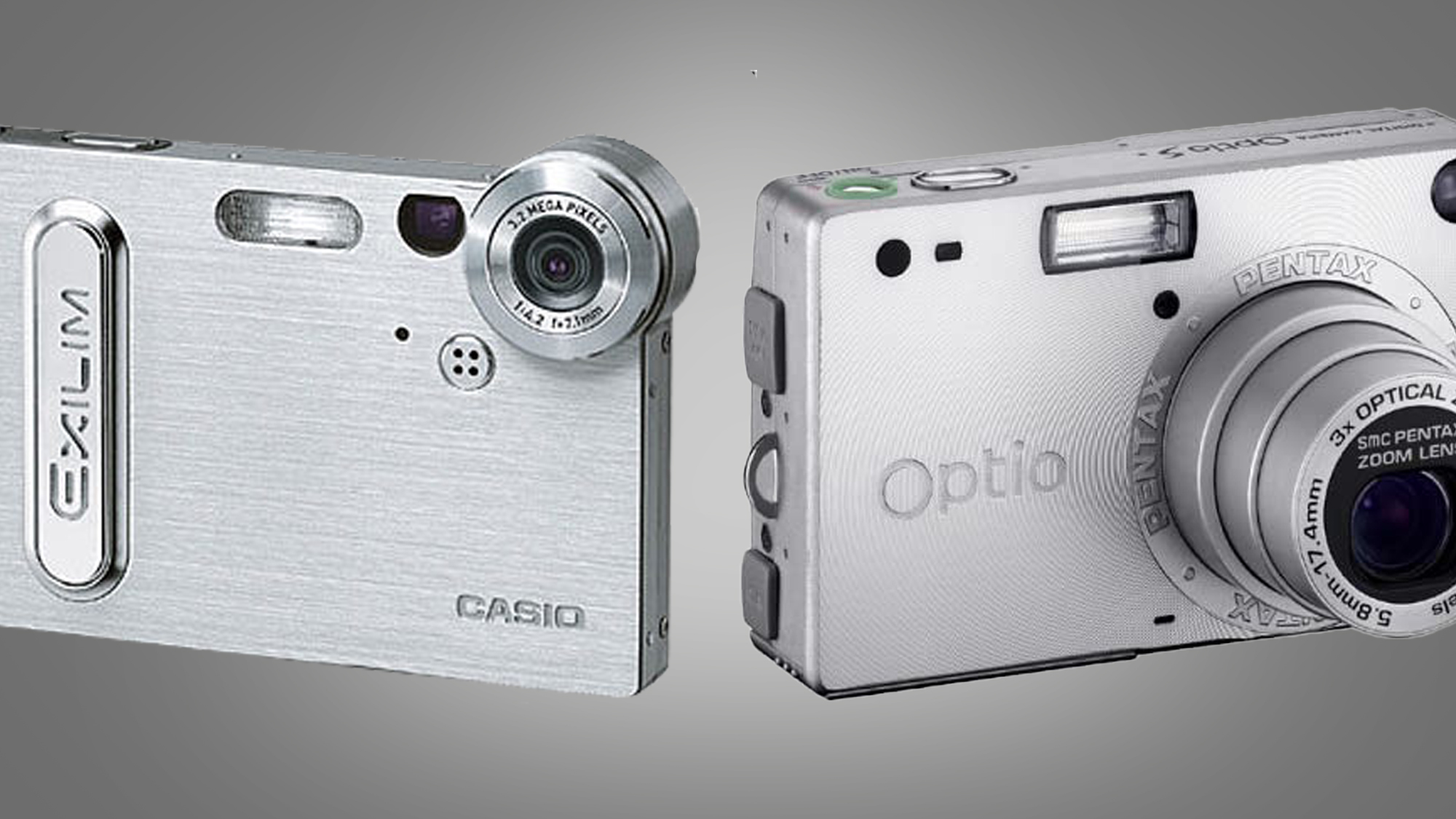Coolpix, Cyber-shot, PowerShot, Exilim; these compact camera sub-brands all now sound like they're from a bygone era. And their demise has been all-but-confirmed by a new report from Japan that most major camera manufacturers, including Nikon, Sony, and Canon, are now dramatically scaling back their point-and-shoot camera offerings, if not abandoning them entirely.
The Japanese business newspaper Nikkei spoke to all of the former giants of pocketable cameras for its report, picked up by Petapixel, which concludes that the "major camera companies" have "stopped developing new compact digital cameras" in order to concentrate on "mirrorless cameras with high unit prices."
Unless you've just woken up from a cryogenic sleep that started in 2006, this won't come as shocking news. Smartphones have become so good, and so much better than most compact cameras, that for many the idea of owning a separate photographic tool now seems about as quaint as carrying a Walkman.
But despite the emphatic conclusions of the CIPA (Camera Imaging & Products Association) data in Nikkei's report, which shows that compact digital camera shipments have fallen 97% since 2008, there is evidence that the point-and-shoot camera is still very much alive and even evolving. It just won't have a Nikon Coolpix or Sony Cyber-shot badge on the front.
Point of no return
The surprising thing about CIPA's data is that compact digital cameras still accounted for 36% of global camera shipments last year. So where will all these people go if the camera giants do stop developing new compact models?
To be fair, not all of the companies Nikkei spoke to said they were immediately ejecting from the point-and-shoot cockpit. Canon said that "although we are shifting to higher-end models, we have strong support for lower-end models, and will continue to develop and produce them as long as there is demand." Nikon added vaguely that "future production volume will be determined by paying close attention to market trends".

But reading between those carefully-worded lines reveals the reality. Only three Nikon Coolpix cameras are still on sale, and the last of those arrived in 2020. Neither Canon nor Sony has launched a new compact camera for three years. Panasonic was more blunt, telling Nikkei "we have stopped developing new models that can be replaced by smartphones". Ouch. Just like DSLRs, the point-and-shoot sales graph will only be going in one direction, and pretty rapidly.
And yet those who enjoy the point-and-shoot experience aren't all sticking to smartphones. Certainly, a significant number are, thanks to the power of the best camera apps and the arrival of accessories like Shiftcam SnapGrip and Fjorden, which turn your phone into a compact camera. But an increasing number are also embracing a new kind of point-and-shoot.
Little wonders
It's no secret that film cameras have seen a resurgence in recent years, and not just among nerdy nostalgics. The Reto Ultra Wide and Slim, for example, is a cheap point-and-shoot that launched this year and comes in five colors, weighing only 68g. This popular starter model takes 35mm film and has a wide 22mm lens to help you get more in a shot than a typical compact.
There's also been a flurry of new compact 'half-frame' cameras this year, like the Kodak Ektar, which help you beat rising film costs by letting you shoot twice as many exposures on a roll of film (for example, 76 snaps on a 36-exposure film). A new UK startup called Alfie Cameras is also looking for beta testers for its new half-frame Tych camera, which has a smartphone-style selection of different lenses.

Elsewhere, even Canon has been secretly dipping its toes into new kinds of point-and-shoot camera with crowdfunded models like the (slightly disappointing) Canon PowerShot Zoom and Canon Ivy Rec. And while it's a little more advanced than your average compact, the Alice Camera is also attempting to do the thing that's proved beyond the Cyber-shots of this world – meld smartphone-style computational power with traditional camera hardware.
Elsewhere, the best instant cameras have also channelled some of the point-and-shoot enthusiasm that was previously vacuumed up compacts, with MarketWatch predicting a steady 4% growth rate per year for the sector. There's also a healthy second-hand market for film point-and-shoots, with models like the Olympus XA2 and Minolta Riva Zoom 130 proving popular among those who want a certain surprise element that smartphones lack due to their ruthless efficiency.
Long shots
There's still very much a place for tough point-and-shoots like the Olympus TG-6 or GoPro Hero 10 Black, given our smartphones still need stunt doubles in more extreme situations.
But as Nikkei's report points out, the digital compact camera as we knew it in the 2000s has now basically disappeared.

This means we're likely to see some big changes in the world of the best point-and-shoot cameras over the next few years. They won't die, though; just evolve and become a little more eccentric, as we explore new types of fuss-free snapping.
If the return of film cameras tells us anything, though, it's that photographic trends work in cycles. They might be unloved now, but one day the Sony Cyber-shots, Casio Exilims, Nikon Coolpixes and Fujifilm Finepixes of this world will get their cultural resurgence. And when they do, you'll probably want to remember which drawer you left them in.
from TechRadar - All the latest technology news https://ift.tt/Vmp9bFJ
Aucun commentaire: